BHP Group is to merge its oil and gas operations with Woodside Petroleum Ltd as the biggest miner positions itself for a global shift away from fossil fuels and prepares to plow US$5.7 billion into a massive new fertilizer mine in Canada.
After the deal, BHP shareholders are to own about 48 percent of Woodside, the miner said in a statement yesterday.
The company also said that it would eradicate its dual-listing structure and move to a single primary listing in Australia.
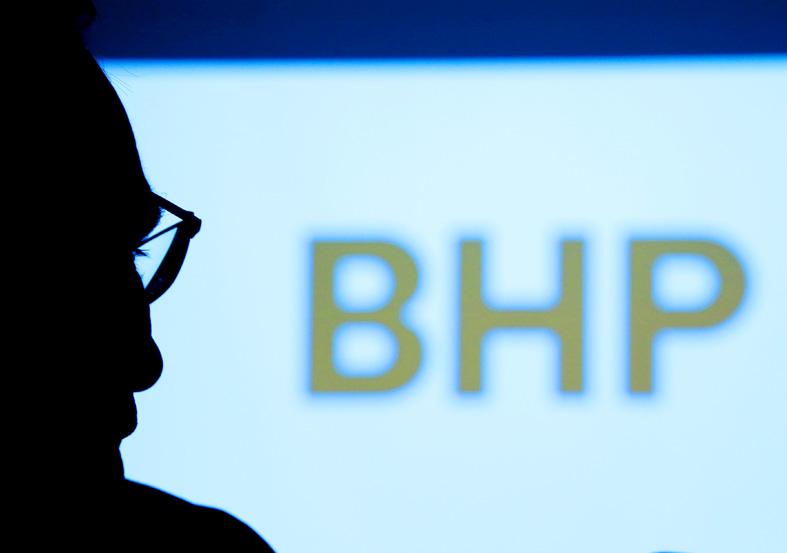
Photo: Reuters
BHP chief executive officer Mike Henry, who took over in January last year, is pivoting toward what the firm calls “future facing” commodities — metals and minerals vital to global efforts to reduce emissions, electrify cities and feed people.
The announcements also help clarify question marks for investors, who have been waiting for years for a decision on Jansen, while the company has said previously its dual listing was up for discussion.
BHP generates the bulk of its profits from iron ore and copper — a metal that is central to a green-energy transition — and benefited from soaring prices for both commodities over the past year.
The company reported record free-cash flow for the year through June and said that it would pay a final dividend of US$10.1 billion.
Underlying profit rose 88 percent to US$17.08 billion for the year.
The commodities giant is getting out of oil and gas as the fossil-fuel industry grapples with global pressure from investors and governments over climate action, prompting some larger oil rivals to shrink their core production and add renewable energy assets.
While BHP has said it expects demand to remain strong for at least another decade, the company wants to avoid getting stuck with assets that are expected to become more difficult to sell.
BHP has also finally approved the first stage of construction of the Jansen potash mine in Saskatchewan, Canada, after years of wavering over the huge price tag.
The operation, expected to start production in 2027, is to make it one of the world’s top producers of the crop nutrient.
“Potash provides BHP with increased leverage to key global mega-trends, including rising population, changing diets, decarbonization and improving environmental stewardship,” the company said.
It is also the latest sign that the biggest miners are ready to open their wallets to invest in new mines after years of austerity.
The industry has been focused on shareholder returns and debt reduction after being penalized by investors for overspending.
Smaller rival Rio Tinto Group last month announced that it plans to spend US$2.4 billion building a lithium mine in Serbia as it also seeks to expand in battery metals.
BHP has already spent about US$4.5 billion on Jansen and dug two 1,000m shafts, but held off on a final development decision as it weighed the risks of the large investment.
Potash prices have jumped this year amid strong demand, as well as worries about supply after Belarus, one of a handful of producing nations, was hit by sanctions.
The Jansen approval follows BHP’s announcement last month that it agreed to buy a nickel mine developer in Canada.
It is also expanding existing nickel operations in Australia and building a stake in a copper company in Ecuador.
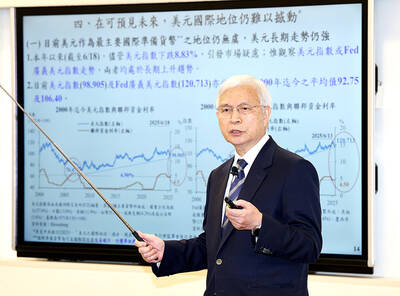
NOT JUSTIFIED: The bank’s governor said there would only be a rate cut if inflation falls below 1.5% and economic conditions deteriorate, which have not been detected The central bank yesterday kept its key interest rates unchanged for a fifth consecutive quarter, aligning with market expectations, while slightly lowering its inflation outlook amid signs of cooling price pressures. The move came after the US Federal Reserve held rates steady overnight, despite pressure from US President Donald Trump to cut borrowing costs. Central bank board members unanimously voted to maintain the discount rate at 2 percent, the secured loan rate at 2.375 percent and the overnight lending rate at 4.25 percent. “We consider the policy decision appropriate, although it suggests tightening leaning after factoring in slackening inflation and stable GDP growth,”
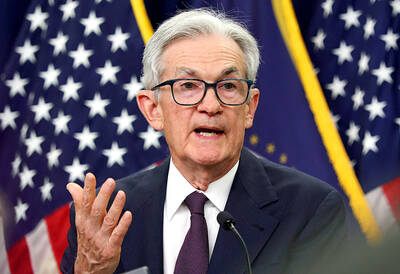
DIVIDED VIEWS: Although the Fed agreed on holding rates steady, some officials see no rate cuts for this year, while 10 policymakers foresee two or more cuts There are a lot of unknowns about the outlook for the economy and interest rates, but US Federal Reserve Chair Jerome Powell signaled at least one thing seems certain: Higher prices are coming. Fed policymakers voted unanimously to hold interest rates steady at a range of 4.25 percent to 4.50 percent for a fourth straight meeting on Wednesday, as they await clarity on whether tariffs would leave a one-time or more lasting mark on inflation. Powell said it is still unclear how much of the bill would fall on the shoulders of consumers, but he expects to learn more about tariffs
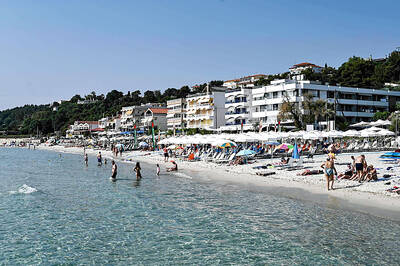
Greek tourism student Katerina quit within a month of starting work at a five-star hotel in Halkidiki, one of the country’s top destinations, because she said conditions were so dire. Beyond the bad pay, the 22-year-old said that her working and living conditions were “miserable and unacceptable.” Millions holiday in Greece every year, but its vital tourism industry is finding it harder and harder to recruit Greeks to look after them. “I was asked to work in any department of the hotel where there was a need, from service to cleaning,” said Katerina, a tourism and marketing student, who would
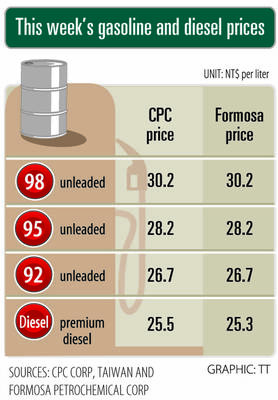
i Gasoline and diesel prices at fuel stations are this week to rise NT$0.1 per liter, as tensions in the Middle East pushed crude oil prices higher last week, CPC Corp, Taiwan (台灣中油) and Formosa Petrochemical Corp (台塑石化) said yesterday. International crude oil prices last week rose for the third consecutive week due to an escalating conflict between Israel and Iran, as the market is concerned that the situation in the Middle East might affect crude oil supply, CPC and Formosa said in separate statements. Front-month Brent crude oil futures — the international oil benchmark — rose 3.75 percent to settle at US$77.01